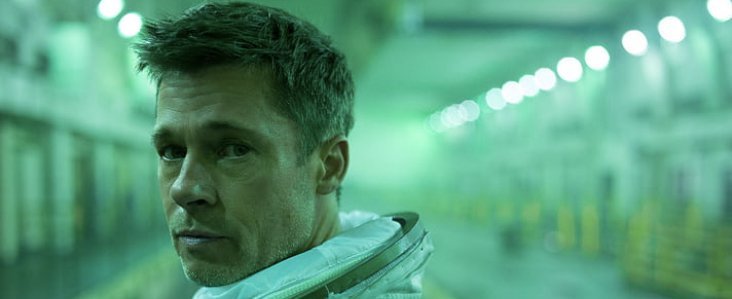I remember, in 2019, getting a lot of heat from 20th Century Fox about a piece I wrote concerning the post-production chaos surrounding “Ad Astra”. The gist of it was that the released version was ABSOLUTELY NOT James Gray’s intended vision.
Principal photography on “Ad Astra” began in mid-August 2017 in Santa Clarita, California and finished, more or less, in early October of 2017. Whatever happened after that is still up for debate, but, according to an anonymous source I had spoken to, reshoots were most definitely done, despite Gray’s vehement disapprovals.
The main conflicts between Gray and 20th Century had to do with a few specific aspects of the film, including inserting “more action” and, at Brad Pitt’s insistence, adding in flashbacks starring Liv Tyler as Pitt’s ex-wife. Pitt’s main argument revolves around feeling that his character McBrifde was lacking some kind of “earthly connection”.
The voiceover narration was also added in very late in the post-production process. In Gray’s first cut, McBride never goes into interior monologuing at all. It turns out that the narration was one of the major complaints detractors had against the film.
Watching “Ad Astra,” you could tell there were two separate visions of the story being told on-screen. It’s a schizoid-feeling film, which, despite the production drama, still has its fair share of arduous fans.
Gray’s film was one of the most frustrating and crushing disappointments I’ve had at the movies in the last 10 years or so. You can’t help but admire the space-opera ambition, and yet the story doesn’t truly soar to the aimed heights.
I’ve seen “Ad Astra” three times, and I’ll admit some sequences still take my breath away, but it gets bogged down by tempo interrupters, scenes and peculiar creative decision that feel like they just don’t belong in the film.






